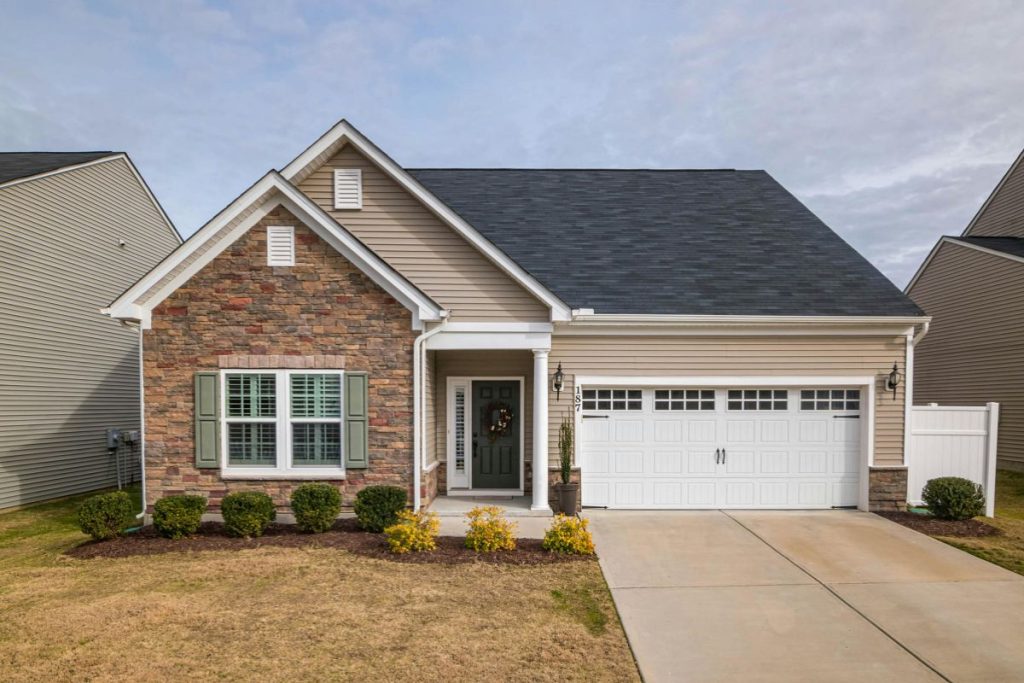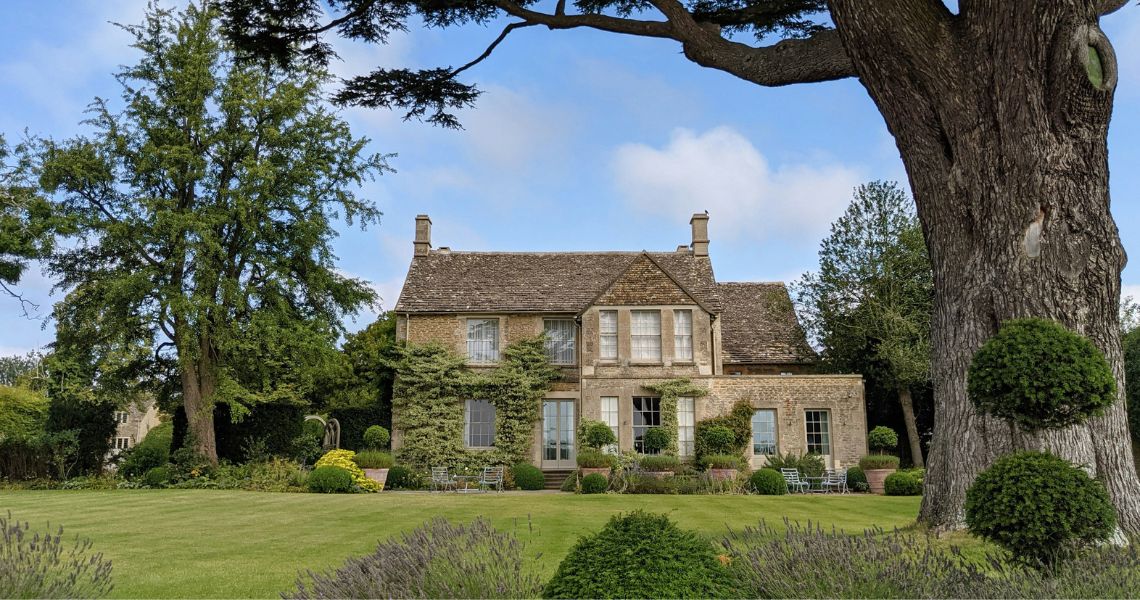In a competitive property market, first impressions can determine whether a potential buyer books a viewing or scrolls past. Kerb appeal — the visual attractiveness of a property from the street — plays a pivotal role in this split-second judgement.
For homeowners preparing to sell, enhancing this outward appearance isn’t about vanity. Kerb appeal is about value, both perceived and actual.
The psychology of first impressions
Humans instinctively make snap judgements. When it comes to homes, buyers form an emotional response before they even walk through the door. A tidy garden, freshly painted door, or symmetrical façade can spark curiosity and confidence. Alternatively, chipped paint, overgrown shrubs, or stained brickwork can introduce doubt, even if the interior is immaculate.

What defines kerb appeal?
Kerb appeal is the cumulative effect of everything visible from the street — architecture, landscaping, boundaries, symmetry, cleanliness, and even subtle details like house numbers. It’s less about perfection and more about harmony. Buyers want to feel welcomed. They want to imagine themselves arriving home.
The front door effect: A subtle but powerful statement
Often overlooked, the front door is the focal point of kerb appeal. A clean, well-maintained door in a strong colour like navy, red or charcoal can dramatically shift the home’s presentation. Add smart hardware, a tasteful letterbox, and good lighting, and you signal care, style, and security. Replacing or painting a front door is one of the easiest ways to instantly upgrade a property’s street presence.

Landscaping and lawn care: Nature’s influence on perception
A well-kept garden suggests pride of ownership. Trimmed hedges, seasonal flowers, and neatly mowed grass send strong signals to buyers. They convey that the home has been cared for inside and out. Even if the garden is small, thoughtful touches — such as potted plants or low-maintenance borders — add life and texture without overcomplication.
Driveways, pathways and clean lines
Clean, clutter-free accessways are essential. Driveways should be pressure-washed, free from oil stains, and clearly demarcated. Loose paving or broken slabs not only detract from appeal but can also raise concerns about safety and maintenance. Defined pathways bordered by gravel or planting help guide the eye and create a natural flow towards the home.

Exterior maintenance: Windows, walls and roofing
The condition of a home’s exterior communicates its overall health. Cracked render, peeling paint, blocked gutters, or moss-covered roofs all imply neglect. Conversely, well-maintained exteriors — clean windows, smooth paintwork, and sound roofing — foster trust. Buyers may not articulate these impressions, but subconsciously they affect perceptions of value.
Lighting and home security: Function meets style
Outdoor lighting serves dual purposes — it enhances safety while also accentuating key architectural features. Wall lanterns, solar uplights, and subtle path lights elevate evening kerb appeal. Combined with visible security features like cameras or smart doorbells, lighting can make a home appear more secure and inviting, especially during darker months.
How kerb appeal boosts valuation and buyer interest
While kerb appeal won’t necessarily increase the formal valuation of a home, it can lead to quicker sales and more competitive offers. Properties that present well from the outset tend to attract more viewings. And more viewings increase the likelihood of multiple offers. It’s a chain reaction that starts from the pavement.

Common mistakes that reduce kerb appeal
Ignoring minor repairs, cluttering the front garden with bins or old furniture, mismatched paintwork, or outdated features can all weaken a home’s kerb presence. Sellers often focus on interiors while neglecting what buyers see first. It’s critical to view your home through fresh eyes — or better still, through the eyes of a potential buyer.
The impact of seasonal kerb appeal
Different seasons call for different kerb appeal strategies. In spring, colourful blooms and fresh mulch make a statement. Summer highlights patios and alfresco space. In autumn, leaf clearance and warm lighting come into play. Winter requires a focus on cleanliness, lighting, and greenery to prevent the exterior from looking stark or forgotten.
The local edge: Why neighbourhood style matters
Kerb appeal doesn’t exist in a vacuum. Homes must complement their surroundings. A property that blends with the aesthetic of its street while still standing out for the right reasons feels more desirable. Buyers aren’t just evaluating a house — they’re considering the lifestyle and community it represents.

How estate agents in Enfield assess kerb appeal
Estate agents in Enfield understand the nuances of local buyer expectations. They assess kerb appeal in terms of what attracts interest in the area — whether it’s period features, landscaped frontage, or off-street parking. Their insight can guide sellers on where to invest for the best return and how to stage the front of their home to appeal to likely buyers.
Partnering with professionals: Insights from Parkers Reading Branch
Agencies like Parkers Reading Branch take kerb appeal seriously. Their marketing strategy often starts from the street, ensuring that promotional photography, videos, and virtual tours all capture the home’s best angle. Professional guidance from a reputable agent can help homeowners identify easy wins — and avoid common presentation pitfalls.
Conclusion: First impressions that last
Kerb appeal is more than a superficial polish. It’s a buyer’s first emotional connection with your home — and a crucial part of selling success. With thoughtful adjustments, strategic maintenance, and professional insight, sellers can maximise this visual moment. Because when it comes to moving on, the first impression is often the one that sells.
Images courtesy of unsplash.com and pexels.com.












